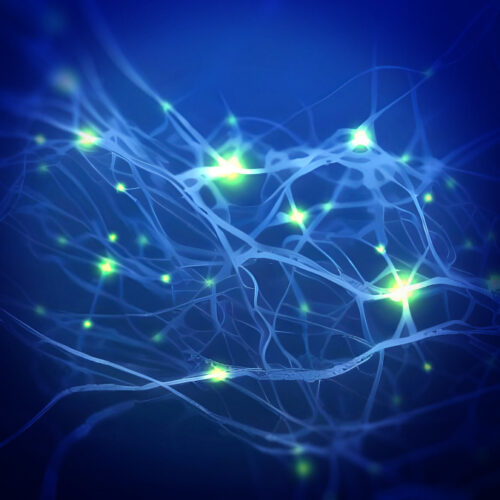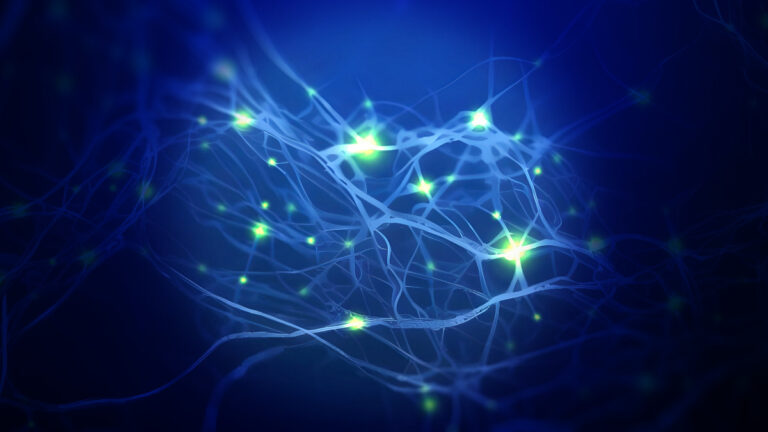A+E’s Survival Competition Format ‘Alone’ Travels to India With Streaming Platform Arré



Fungi can be enigmatic organisms. Mushrooms or other structures may be visible above the soil, but beneath lurks a complex network of filaments, or hyphae, known as the mycelium. It is even possible for fungi to communicate through the mycelium—despite having no brain.
Other brainless life-forms (such as slime molds) have surprising ways of navigating their surroundings and surviving through communication. Wanting to see whether fungi could recognize food in different arrangements, researchers from Tohoku University and Nagaoka College in Japan observed how the mycelial network of Phanerochaete velutina, a fungus that feeds off dead wood, grew on and around wood blocks arranged in different shapes.
The way the mycelial network spread out, along with its wood decay activity, differed based on the wood block arrangements. This suggests communication because the fungi appeared to find where the most nutrients were and grow in those areas.


© vnosokin
On Tuesday, the Royal Swedish Academy of Sciences awarded the 2024 Nobel Prize in Physics to John J. Hopfield of Princeton University and Geoffrey E. Hinton of the University of Toronto for their foundational work in machine learning with artificial neural networks. Hinton notably captured headlines in 2023 for warning about the threat that AI superintelligence may pose to humanity. The win came as a surprise to many, including Hinton himself.
"I'm flabbergasted. I had no idea this would happen. I'm very surprised," said Hinton in a telephone call with members of the Royal Swedish Academy of Sciences during a live announcement press conference streamed to YouTube that took place this morning.
Hopfield and Hinton's research, which dates back to the early 1980s, applied principles from physics to develop methods that underpin modern machine-learning techniques. Their work has enabled computers to perform tasks such as image recognition and pattern completion, capabilities that are now ubiquitous in everyday technology.


© CHRISTOPH BURGSTEDT/SCIENCE PHOTO LIBRARY via Getty Images